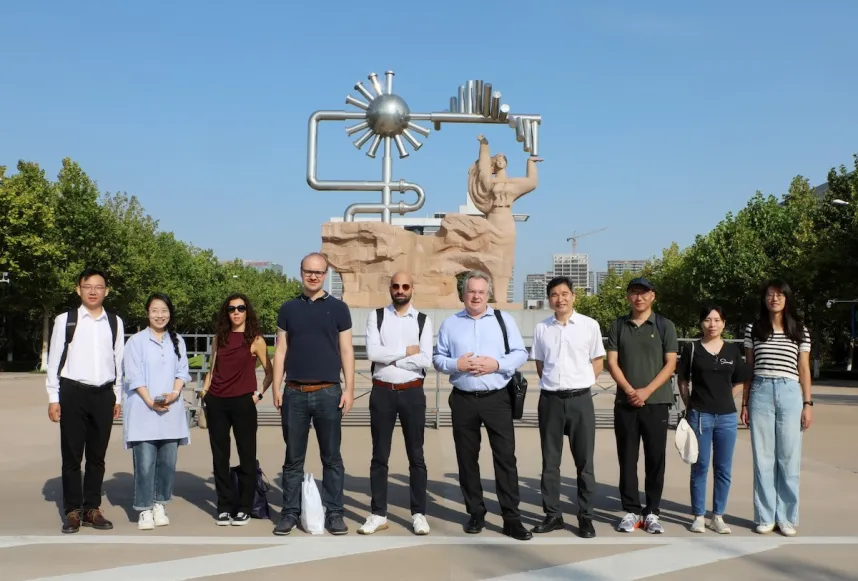Constructor University researchers discover new transport pathway for proteins into cells
It is a breakthrough in cell research that's poised to open up new possibilities in the fight against diseases. In cooperation with researchers from the China University of Petroleum, the working group of Dr. Werner Nau, Professor of Chemistry at Constructor University, has demonstrated the effectiveness of a new method of intracellular protein transport. The results of their research can now be read in Proceedings of the National Academy of Sciences (PNAS), one of the most renowned journals in science.
The publication in the multidisciplinary science journal released by the National Academy of Sciences of the United States of America underscores the significance of the group's discovery. “We are the first to succeed in transporting a completely functional protein into living cells without disrupting cellular integrity – simply by adding a small molecule,” says Nau. This method has the potential for the next stage of drug delivery.
Cells are masters of self-defense, they protect themselves with a multitude of barriers. Circumventing them to deliver a therapeutic protein into a cell undamaged is a central goal of research. While previous methods have mainly relied on the encapsulation of proteins, researchers at Constructor University, on the other hand, utilized boron cluster anions as a molecular transport vehicle, which they use to place a protein called cytochrome C in the cells. Here it can unfold its toxic activity and eventually induce cell death.
Boron clusters are an inorganic, water-soluble compound that are not degraded by enzymes or bacteria in the body or the environment. “They are a highly efficient means of protein transport,” says Dr. Andrea Barba-Bon, a young scientist in Nau's research group. The protein remains bioactive in the cell and can carry out its task, such as fighting tumors.
“Intracellular delivery of proteins has the potential to revolutionize cell biology research and medical therapy, with broad applications in bioimaging, disease treatment and genome editing,” the study states. The next step in research is now to make protein transport more targeted in order to combat individual diseases more directly. “But this is a long process,” says Andrea Barba-Bon.
Link to the study:
Small-Molecule Carrier for the Intracellular Delivery of a Membrane-Impermeable Protein with Retained Bioactivity
https://www.pnas.org/doi/10.1073/pnas.2407515121
Questions answered by:
Dr. Werner Nau | Professor of Chemistry
wnau@constructor.university | Tel.: +49 421 200-3233
